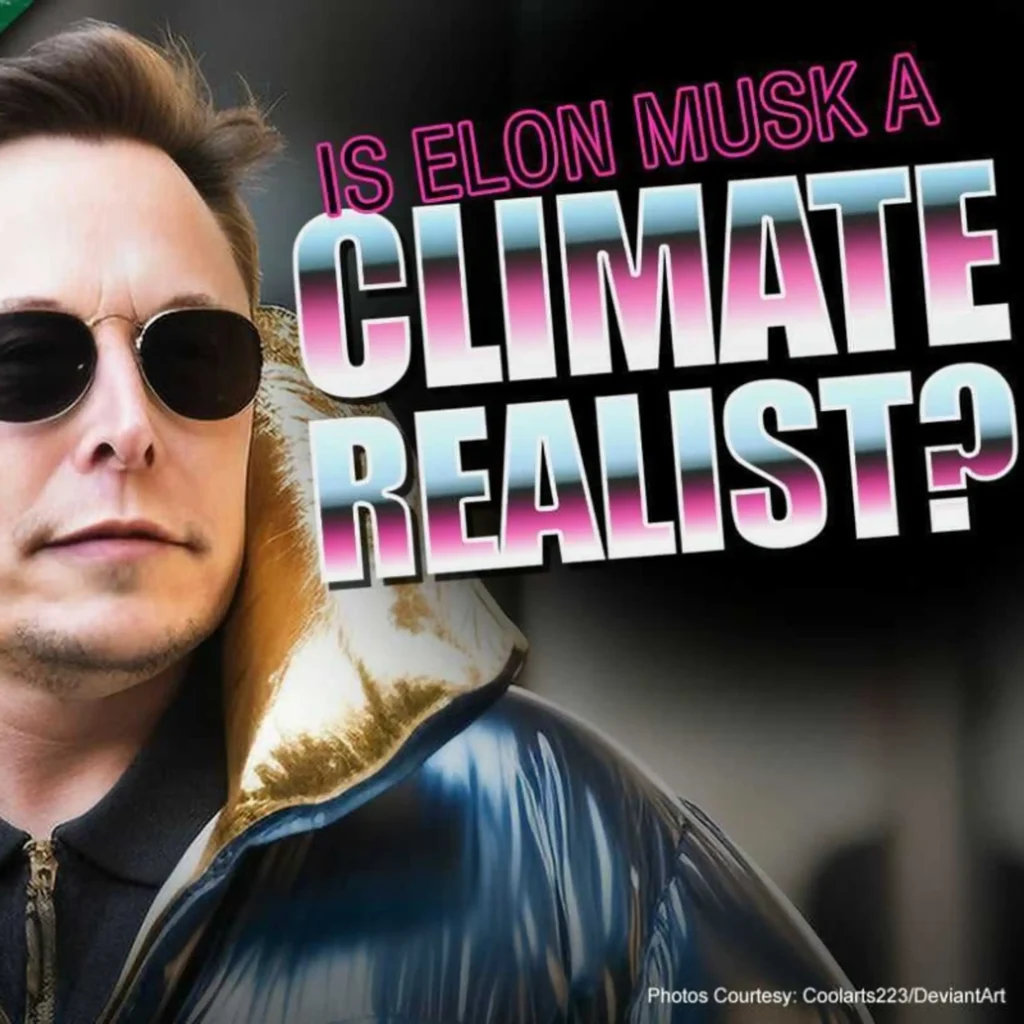A six-year-old girl gets a new bed, but she’s sad because “They killed trees to make my bed.” A five-year-old boy sees clouds obscure the moon and exclaims, “Look at the pollution!” A second-grade class’s Christmas wish is “for a new Earth” because we have destroyed ours through “pollution, disappearing rainforests, and the elimination of the ozone layer.” A nine-year-old warns former President Bush, “Mr. President, if you ignore this letter, we will all die of pollution and the ozone layer.”
What can parents do when their children come home from school filled with anxiety and misinformation about the environment? Counter fear with facts, say the authors of a new parent’s guide to teaching children about the environment, appropriately called Facts, Not Fear (Regnery Publishing, Inc., Washington, DC, 1997). In an eminently readable book, authors Michael Sanera and Jane S. Shaw not only alert parents to the extremist environmental views being taught to their children, but also provide a balanced presentation of the current scientific understanding of more than a dozen environmental issues.
Each of the chapters in Facts, Not Fear was reviewed by scholars in the appropriate field, to ensure that what is presented reflects current scientific understanding rather than simply the views of the authors. Topics covered in the book include global warming, ozone holes, acid rain, pesticide residues, resource depletion, destruction of the rainforest, and loss of natural species.
Too often, say the authors, children in school are provided with a distorted, often extremist, picture of environmental issues without any indication that what is being taught is not established fact. The schools communicate to children that people are bad, nature is good, consumption is bad, technology is bad, business is evil, things are getting worse, and government is the answer.
“The good news is that these claims are not true,” say the authors.
In the “good old days,” for example, cities had worse air pollution than we have now. Air quality in the U.S. improved faster before passage of the Clean Air Act. Bison were saved by businessmen, not by government. Manufacturers now make five soft drink cans from the amount of metal required to make just one can in 1965–without being told do so by the government.
Unfortunately, such contrary views are rarely welcomed in the schools. When a father provided his son with a broader picture of recycling than what had been taught in school, his teacher asked the father to butt out. “It’s what we are teaching them and I wish you wouldn’t interfere,” she exclaimed.
Vice President Al Gore conveys the same intolerance in his book, Earth in the Balance. Paying too much attention to doubters, says Gore, “undermines the effort to build a solid base of public support for the difficult actions we must soon take.” In other words: Be supportive, or be quiet.
But previous projections of environmental disaster have a poor track record. President “Teddy” Roosevelt’s 1905 prediction of a coming “timber famine” was no more accurate than President Jimmy Carter’s 1970s’ prediction that “we could use up all of the proven reserves of oil in the entire world by the end of the next decade.”
By providing children with the facts about environment issues, parents “can offset the tone of certainty and the gloom and doom typical of their texts,” say Sanera and Shaw. “Your children will learn that studying the environment can be an adventure that takes them to frontiers that await investigation and understanding.”
Sanera, a former professor of political science at Northern Arizona University at Flagstaff, is director of the Center for Environmental Education Research, a division of The Claremont Institute. Co-author Shaw is a senior associate of the Political Economy Research Center in Bozeman, Montana, where she directs PERC’s editorial outreach program.
George A. Clowes is managing editor of School Reform News. His email address is [email protected].




